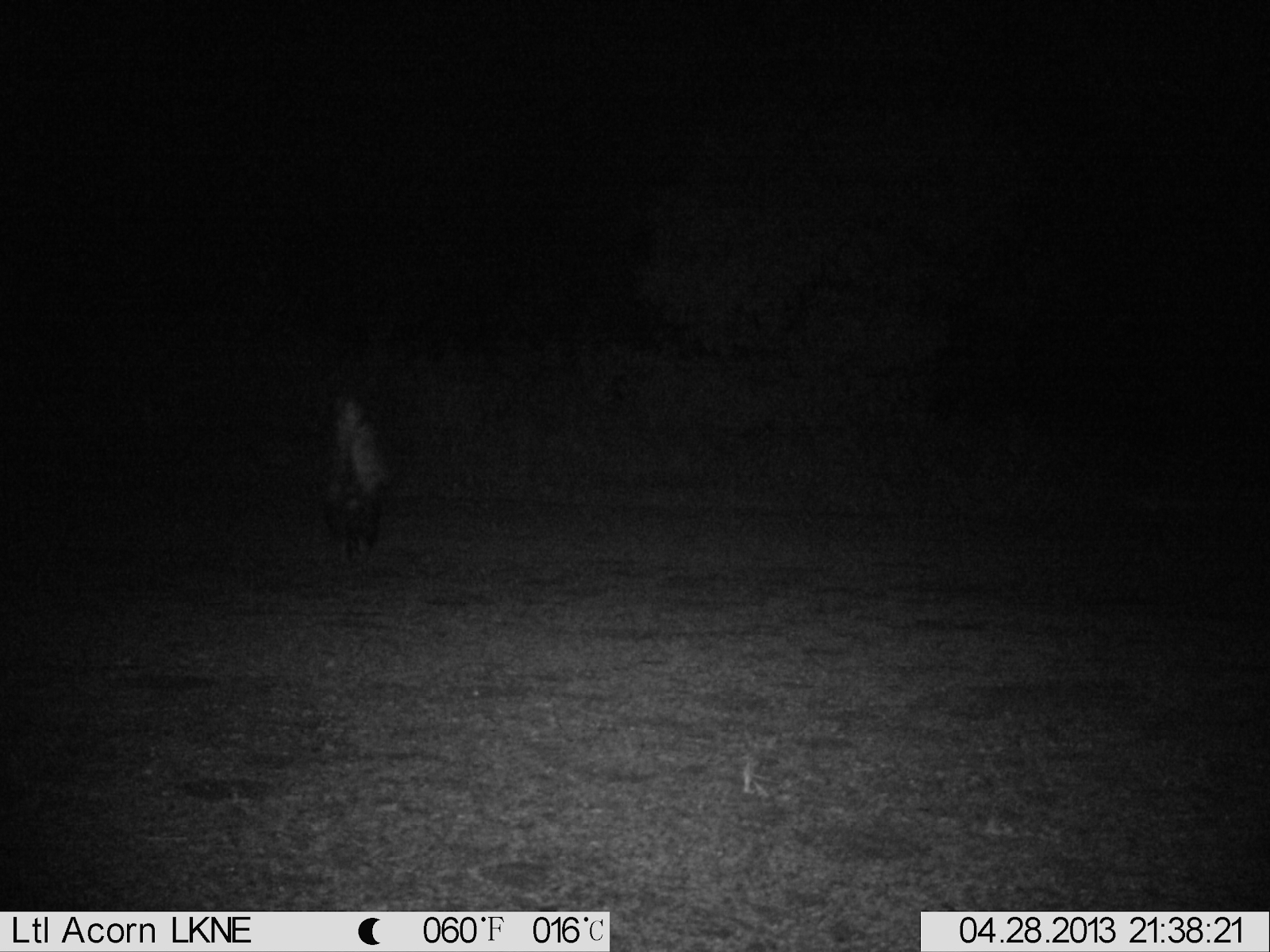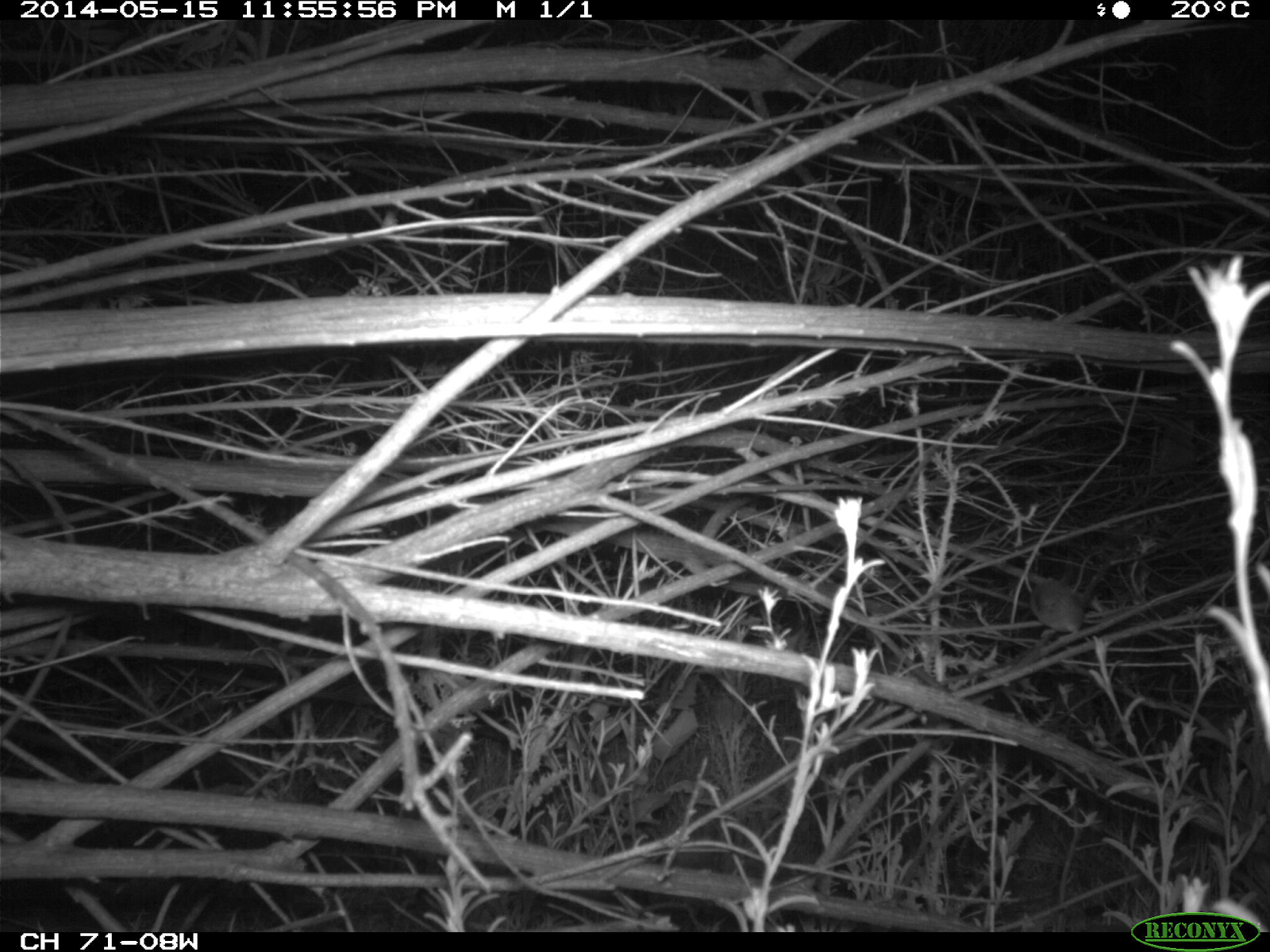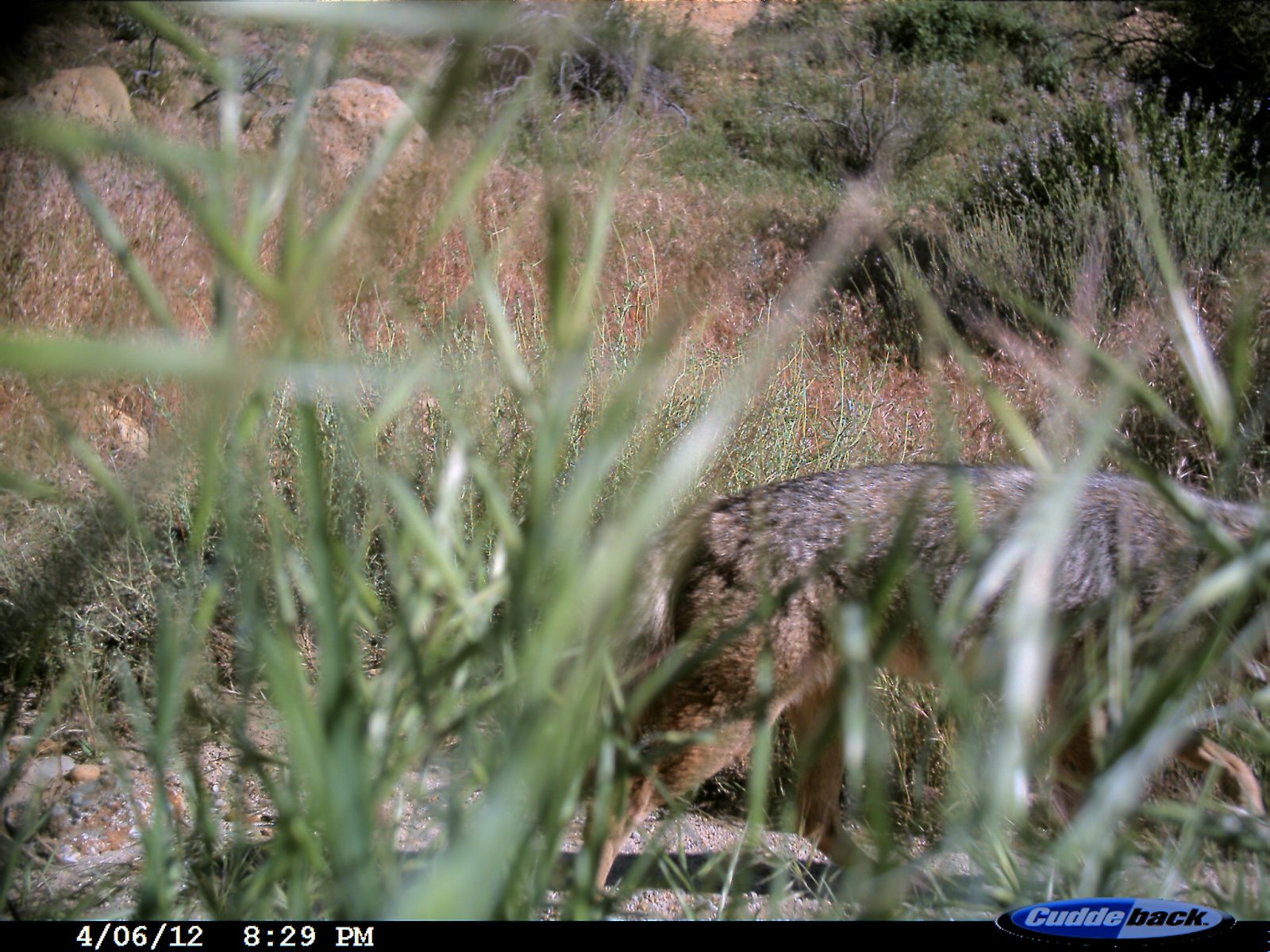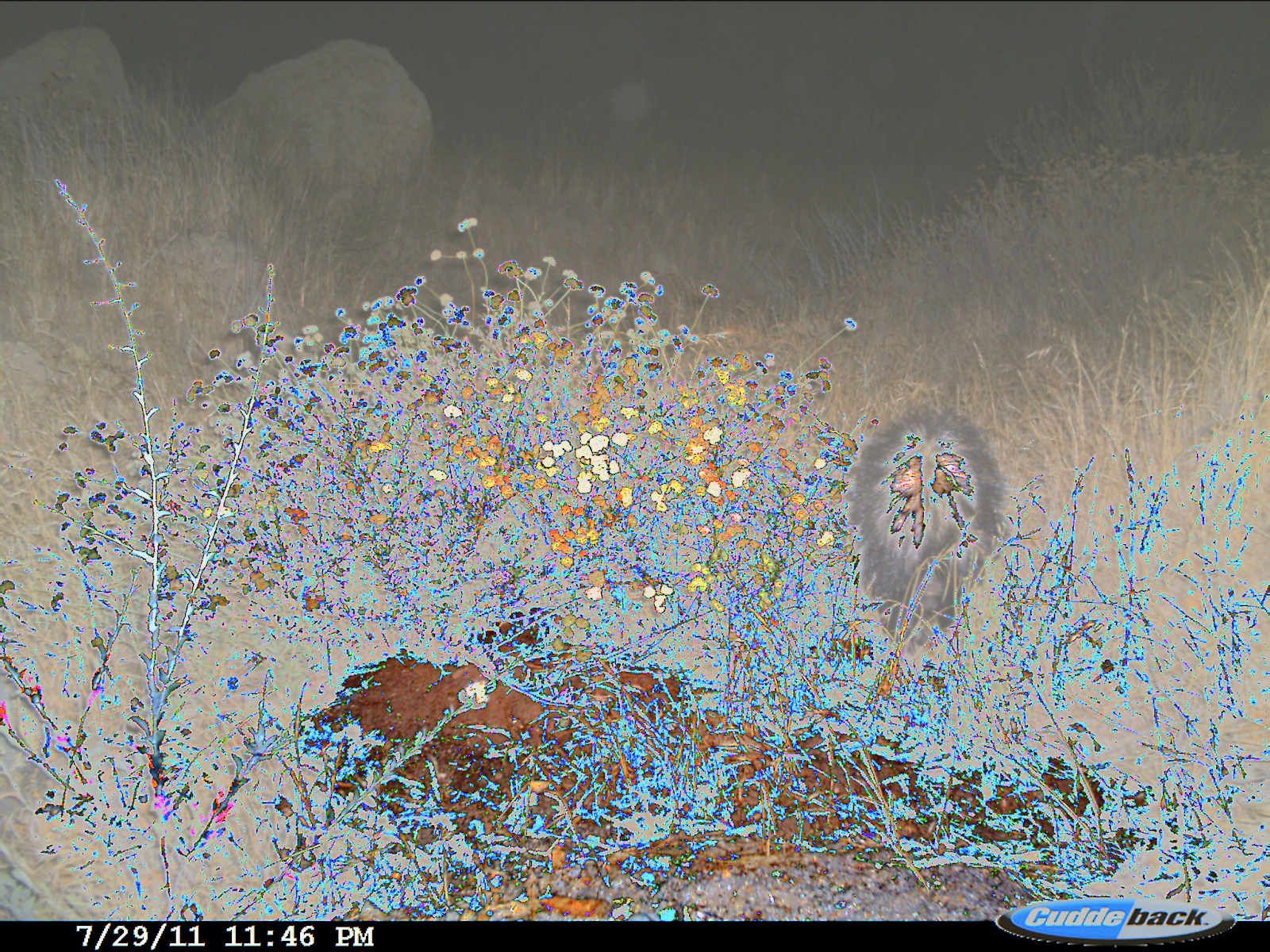Camera Traps (or Wild Cams) enable the automatic collection of large quantities of image data. Unfortunately, a large number of the images that end up being captured tend to be false positives. This is typically caused by non-animal motion in the scene e.g. the wind moving trees.
The goal of this competition is to predict if images from a diverse set of unseen locations that have been captured both during the day and at night contain an animal. The main challenge is generalizing to camera trap locations that are not present in the training set, large variations in appearance in the same location over time. Another challenge is that some images contain other objects (e.g. people or vehicles) that can trigger the cameras but are not of interest. The animals of interest can be very small, partially occluded, or exiting the frame - you sometimes have to look hard to find them. There may also be a small number of incorrect annotations in the training set.
This is an FGVCx competition as part of the FGVC^5 workshop at CVPR. Please open an issue if you have questions or problems with the dataset.
ADDITIONAL ANNOTATIONS HAVE BEEN RELEASED! Access them here
We are using Kaggle to host the leaderboard. Checkout the competition page here.
| Competition Starts | March, 2018 |
| Submission Deadline | June 4th, 2018 |
There are a total 106,428 training images from 65 different camera locations and 12,719 validation images from 10 new locations not seen at training time. The test set contains 124,040 images from 65 locations that are not present in the training or validation sets. The location id (location) is given for all images.
The evaluation metric is overall accuracy i.e. correctly predicting which of the test images contain animals.
The general rule is that participants should only use the provided training and validation images for training models to classify the test images. We do not want participants crawling the web in search of additional data or using previous versions of this dataset. Pretrained models may be used to construct the algorithms (e.g. ImageNet pretrained models, or iNaturalist 2017/2018 pretrained models). Please specify any and all external data used for training when uploading results.
Participants are allowed to collect additional annotations (e.g. bounding boxes, keypoints) on the provided training and validation sets. Teams should specify that they collected additional annotations when submitting results.
We follow the annotation format of the COCO dataset and add additional fields. Each training images has a category_id that is either 0 indicating no animal present or 1 indicating animal present. The annotations are stored in the JSON format and are organized as follows:
{
"info" : info,
"images" : [image],
"categories" : [category],
"annotations" : [annotation]
}
info{
"year" : int,
"version" : str,
"description" : str,
"contributor" : str
"date_created" : datetime
}
image{
"id" : str,
"width" : int,
"height" : int,
"file_name" : str,
"rights_holder" : str,
"location": int
}
category{
"id" : int,
"name" : str
}
annotation{
"id" : str,
"image_id" : str,
"category_id" : int
}
The submission format for the competition is a csv file with the following format:
id,animal_present
58857ccf-23d2-11e8-a6a3-ec086b02610b,1
591e4006-23d2-11e8-a6a3-ec086b02610b,0
...
The id column corresponds to the test image id. The animal_present is a binary value that indicates if an animal is predicted to be present in the image.
By downloading this dataset you agree to the following terms:
- You will use the data only for non-commercial research and educational purposes.
- You will NOT distribute the above images.
- The California Institute of Technology makes no representations or warranties regarding the data, including but not limited to warranties of non-infringement or fitness for a particular purpose.
- You accept full responsibility for your use of the data and shall defend and indemnify the California Institute of Technology, including its employees, officers and agents, against any and all claims arising from your use of the data, including but not limited to your use of any copies of copyrighted images that you may create from the data.
Download the Caltech Camera Traps dataset, which was used for the iWildCam 2018 Competition, at LILA.science.
Camera trap data provides several challenges that can make it difficult to achieve accurate results.
Images can be poorly illuminated, especially at night. The example below contains a skunk to the center left of the frame.
The shutter speed of the camera is not fast enough to eliminate motion blur, so animals are sometimes blurry. The example contains a blurred coyote.
Some animals are small or far from the camera, and can be difficult to spot even for humans. The example image has a mouse on a brance to the center right of the frame.
Animals can be occluded by vegetation or the edge of the frame. This example shows a location where weeds grew in front of the camera, obscuring the view.
Sometimes animals come very close to the camera, causing a forced perspective.
Poor weather, including rain or dust, can obstruct the lens and cause false triggers.
Sometimes the camera malfunctions, causing strange discolorations.
At any given location, the background changes over time as the seasons change. Below, you can see a single loction at three different points in time.
What causes the non-animal images to trigger varies based on location. Some locations contain lots of vegetation, which can cause false triggers as it moves in the wind. Others are near roadways, so can be triggered by cars or bikers.
Data is primarily provided by Erin Boydston (USGS) and Justin Brown (NPS).








